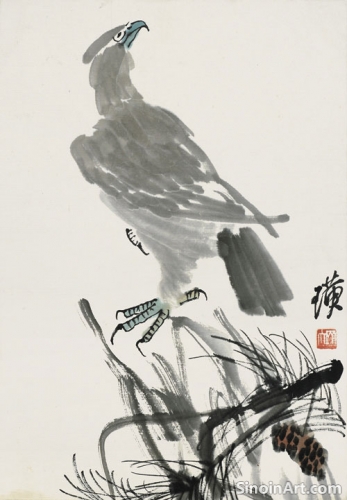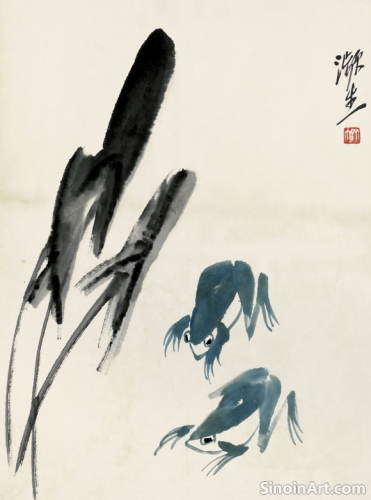Xieyi Painting as a Form of Personal Expression
|
Xieyi painting is a deeply personal form of expression, allowing artists to share their inner world, their feelings, their thoughts, and their experiences through the language of ink and brush. Each artwork is a unique reflection of the artist’s individual vision and understanding of the world. It’s a window into the artist's inner life.  Unlike more representational styles of painting, Xieyi encourages the artist to interpret their subject matter freely, expressing their personal perspective and creating artworks that are highly individual. It’s not about creating a photographic likeness, but something entirely more personal.  The artist's personality, experiences, and emotions are all reflected in their brushstrokes, ink washes, and overall composition. Even subtle variations in technique can reveal a great deal about the artist’s inner landscape. This is the deeply expressive nature of Xieyi. The artist leaves a personal imprint on their artwork.  Xieyi painting can also be a form of self-discovery, allowing artists to explore their inner world and to express aspects of their personality that may not be expressed in other areas of life. The practice of painting becomes an act of self-reflection. The journey of artistic development is also a journey of self-discovery. The freedom and spontaneity of Xieyi allow the artist to experiment, to take risks, and to find their own unique voice within the tradition. The art form allows for great personal expression and individualistic interpretation of the tradition. This capacity for personal expression is a central value of Xieyi. |
Tag : Personal expression, individual art, inner world, expressive art, unique vision
Related information
- The Concept of "Yi Bi Cheng Qiao" in Xieyi
- Xieyi Painting and the Use of "Light Ink"
- Key Techniques in Xieyi Brushwork
- The Importance of Practice in Xieyi
- The Brushstrokes of Xieyi: Mastering Spontaneity
"Yi Bi Cheng Qiao" (skill achieved in one brushstroke) is a key concept in Xieyi, emphasizing precision, confidence, and spontaneity in each brushstroke, aiming for efficiency, expressiveness, and a seemingly effortless display of skill, acquired through dedicated training and a deep connection with the art form.
"Light Ink" (dànmò) is essential in Xieyi painting, using diluted ink to create subtle tones, soft washes, atmosphere, depth, and delicate transitions, requiring a mastery of brush control, ink dilution, layering, and a delicate touch to convey a sense of quiet beauty.
Key techniques in Xieyi painting include line drawing, splashing ink (Pomo), dry brush work, the control of ink washes, and the strategic use of negative space, each contributing to the expressive power of the artwork.
Dedicated and consistent practice is essential for mastering Xieyi painting, developing technical skills, intuition, and spontaneity, while also fostering patience, perseverance, and a deeper understanding of the art form's philosophy and aesthetics, transforming the practice into a form of self-discovery.
This article delves into the various brushstrokes and techniques used in Xieyi painting, emphasizing the importance of mastering spontaneity and ink control to convey the spirit of the subject.